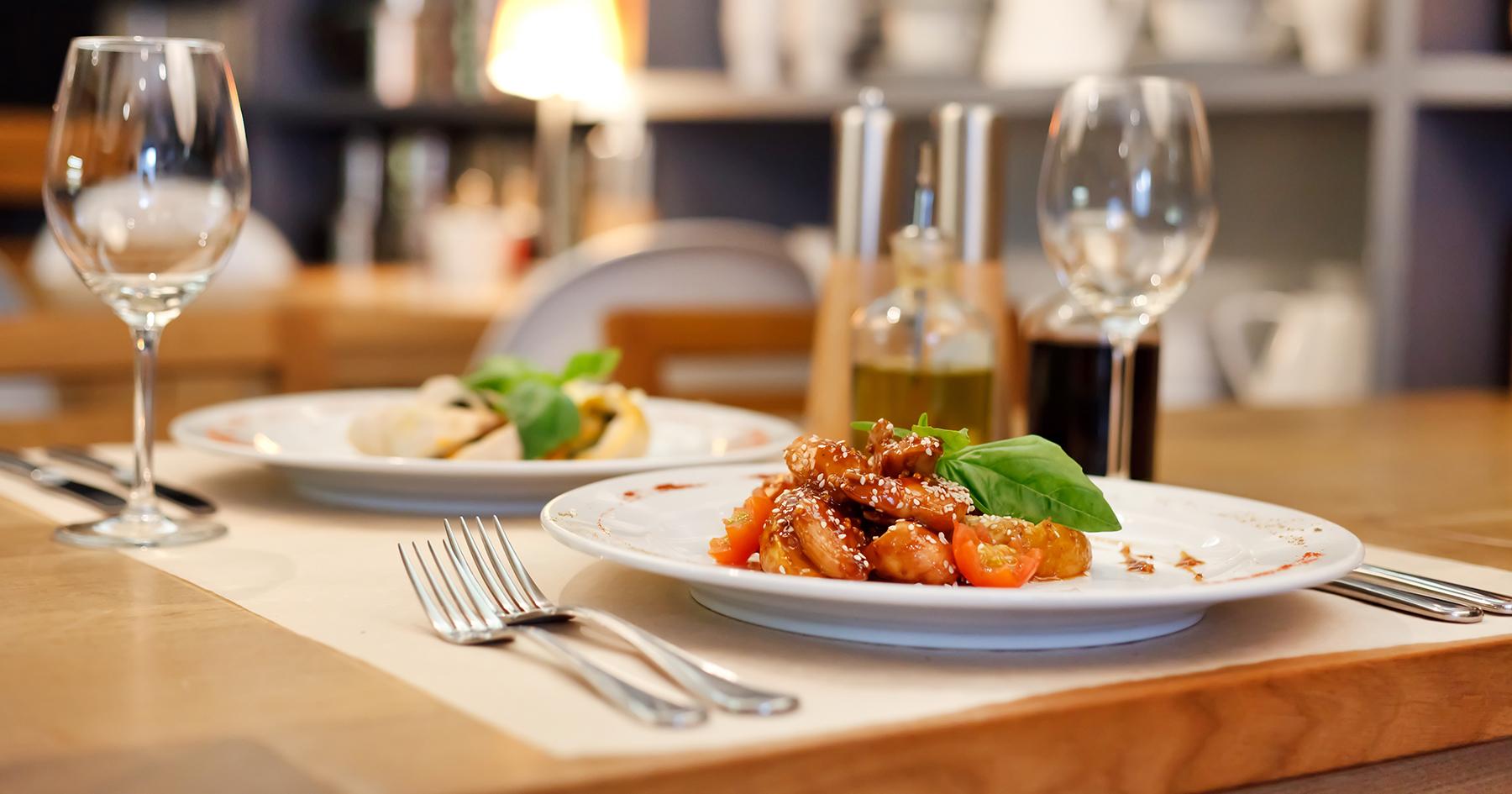
As restaurants across the country begin the process of reopening, ensuring an excellent—and safe—customer experience will be more important than ever before. After weeks and months spent indoors, only able to enjoy restaurant food by way of takeout or delivery, many consumers are more than ready to get back to normal and visit their favorite restaurants spots. But for operators, reopening brings on yet another pandemic-related challenge: How can they provide the best possible customer service in all areas, not just with cleanliness, good service and reasonable prices? Flexibility will be key—being able to shift gears and adapt to new guidelines will enable operators to succeed in a post-pandemic marketplace. Here are three things operators should tune into to ensure top-notch service when restaurant dining rooms reopen.
Accompanying restaurants’ reopening schedules will come a list of guidelines they are encouraged or even required to follow. For instance, some cities and municipalities are capping dining room capacity at 25% to 50% of normal-use capacity as a way to ensure consumers are still able to practice social distancing measures—sitting at least 6 feet away from other patrons. As legal restaurant capacities fluctuate, staff will need to shift, remove and replace tables and chairs relatively quickly. Using relatively lightweight tables, restaurants can easily move furniture around. This way, there will always be the right number of tables in place.
Consumers will want to feel safe when they’re dining out. For operators, that means implementing rigorous cleaning and sanitation guidelines and procedures to ensure things are cleaned on a very regular basis. Operators will also need to pay extra attention to dining room safety—from spilled drinks to ensuring there aren’t too many employees on the floor at a given time, operators should take necessary precautions and have explicit instructions for staff on how to interact with both customers as well as spills and other messes. Keeping things clean will be paramount to building consumer confidence in dining out in a post-pandemic landscape, so operators should also consider whether their tables are prepared to meet the challenge.
According to recent YouGov survey, 86% of people believe that sitting at a wobbly table is irritating, and 68% say wobbly tables would give them a negative impression of a restaurant.
Wobbly tables can not only cause diners to feel uncomfortable or nervous that something will spill, but they can also cause big problems with things do spill—broken glass, slips and falls and wasted food and beverage all add up. Additionally, if consumers are dealing with wobbly tables, they may take matters into their own hands and try to remedy the problem by putting folded cardboard, sugar packets or flimsy coasters underneath table legs, which is unsanitary and can again cause problems—not to mention that all of this table-adjusting means lots of touching the table, and a need for even more frequent sanitizing.
By implementing table stabilizers, restaurants provide a top-quality experience, which can lead to better online reviews. Restaurants experience an average of a 9% increase in revenue from a 1-star increase in Yelp ratings, according to a study published by Harvard Business School.
By stabilizing tables with the use of table bases from Rockless Table, restaurants can feel confident they’re providing the best front-of-house experience to their guests. Automatically adjusting bases steady themselves on any surface with up to a half-inch variation, ensuring that tables stay flat even when placed on uneven flooring. Jon Taffer, host of the TV series Bar Rescue, agrees: “Rockless Table is a great solution for an age-old problem.”